Discover the Secrets of Brazilian Interior Design
Add some Brazilian-inspired style to your next home decor project.
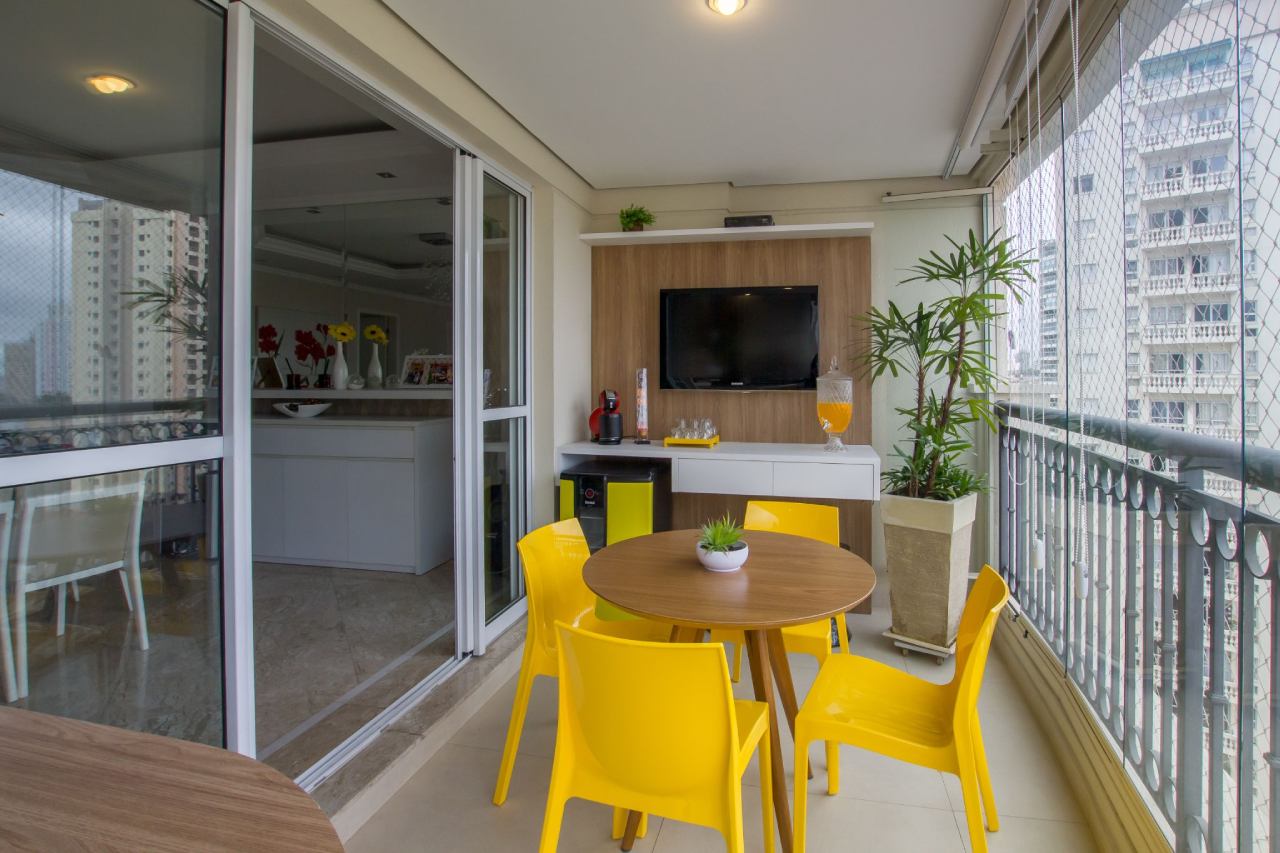
Interior design is a highly valued field all over the world, and Brazil has stood out for presenting a unique and innovative style, a mix of traditional, rustic, and modern elements inspired by the country's history, geography, and lifestyle.
Brazil is a country known for its vibrant culture, tropical climate, and beautiful landscapes. This colorful and diverse atmosphere is also reflected in its decoration and design styles. In this article, we'll explore how the Brazilian interior design style stands out and its key features.
What's in this post:
Vibrant colors
One of the most striking characteristics of Brazilian interior design is the use of vibrant and cheerful colors. Warm colors such as yellow, red and orange are widely used to bring energy and vitality to the environment. Additionally, the use of strong colors on walls, carpets, and furniture is a common trend in Brazil.
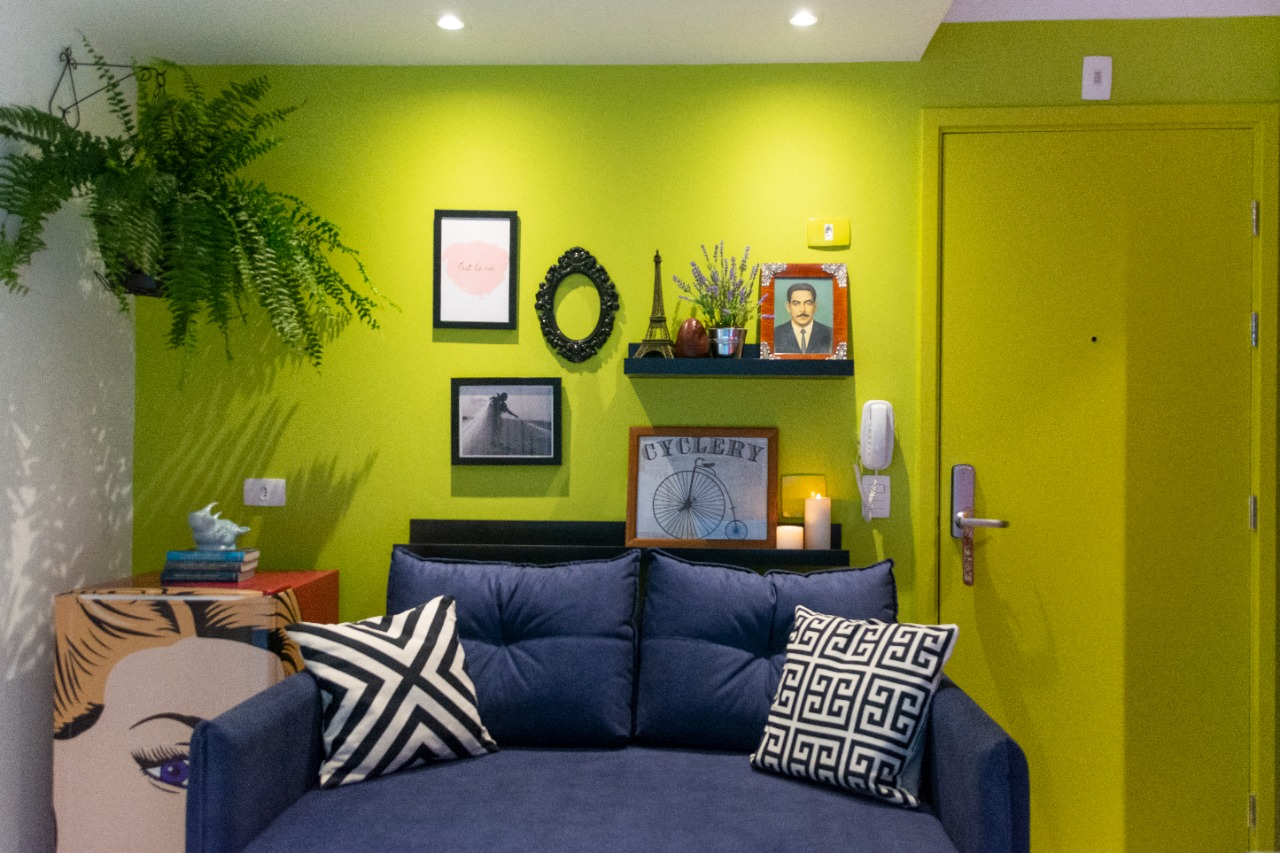
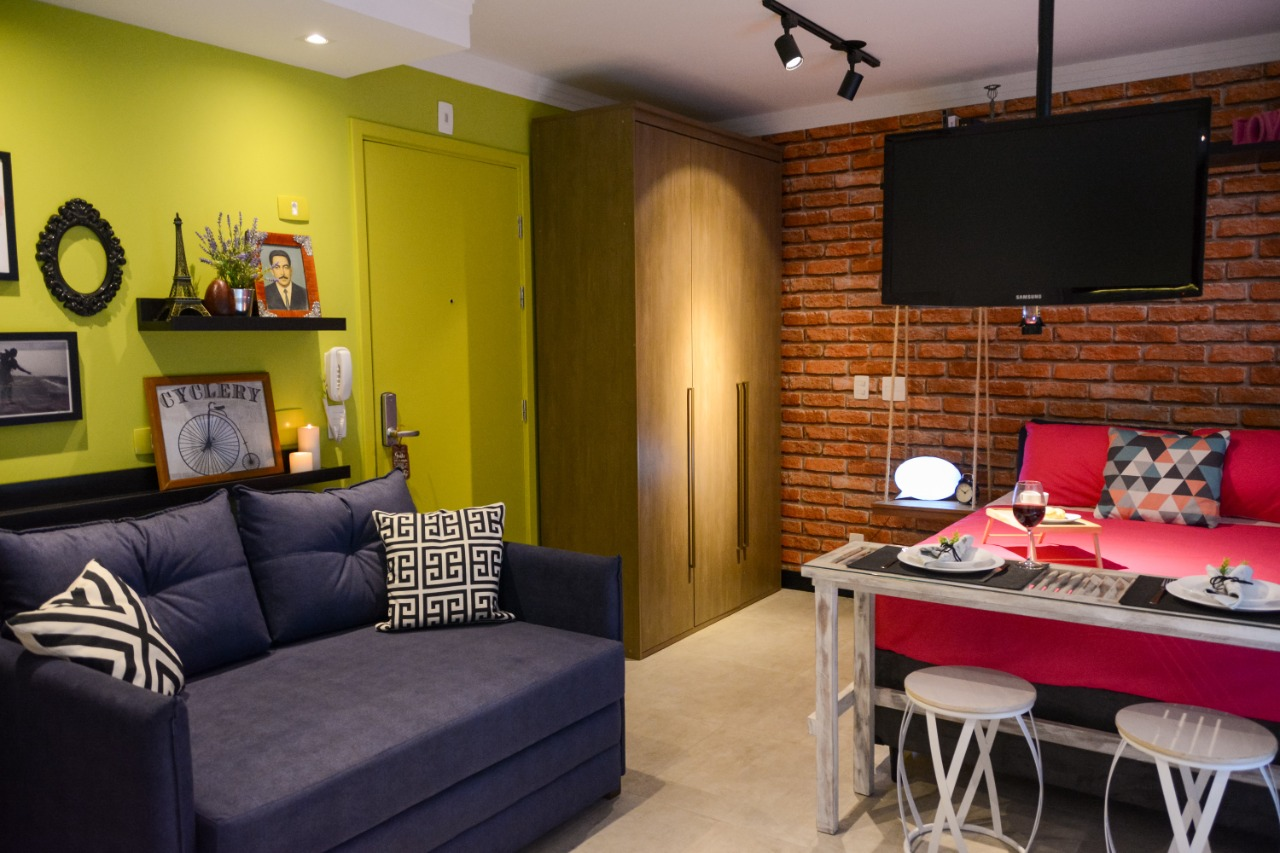
Vibrant colors - Brazilian bedroom interior
Natural materials
Another important feature of Brazilian interior design is the use of natural materials. Wood, for example, is widely used in furniture and wall coverings. Additionally, the use of stones such as marble and granite is common in kitchen and bathroom countertops. These materials bring a more organic and natural aspect to the environment.

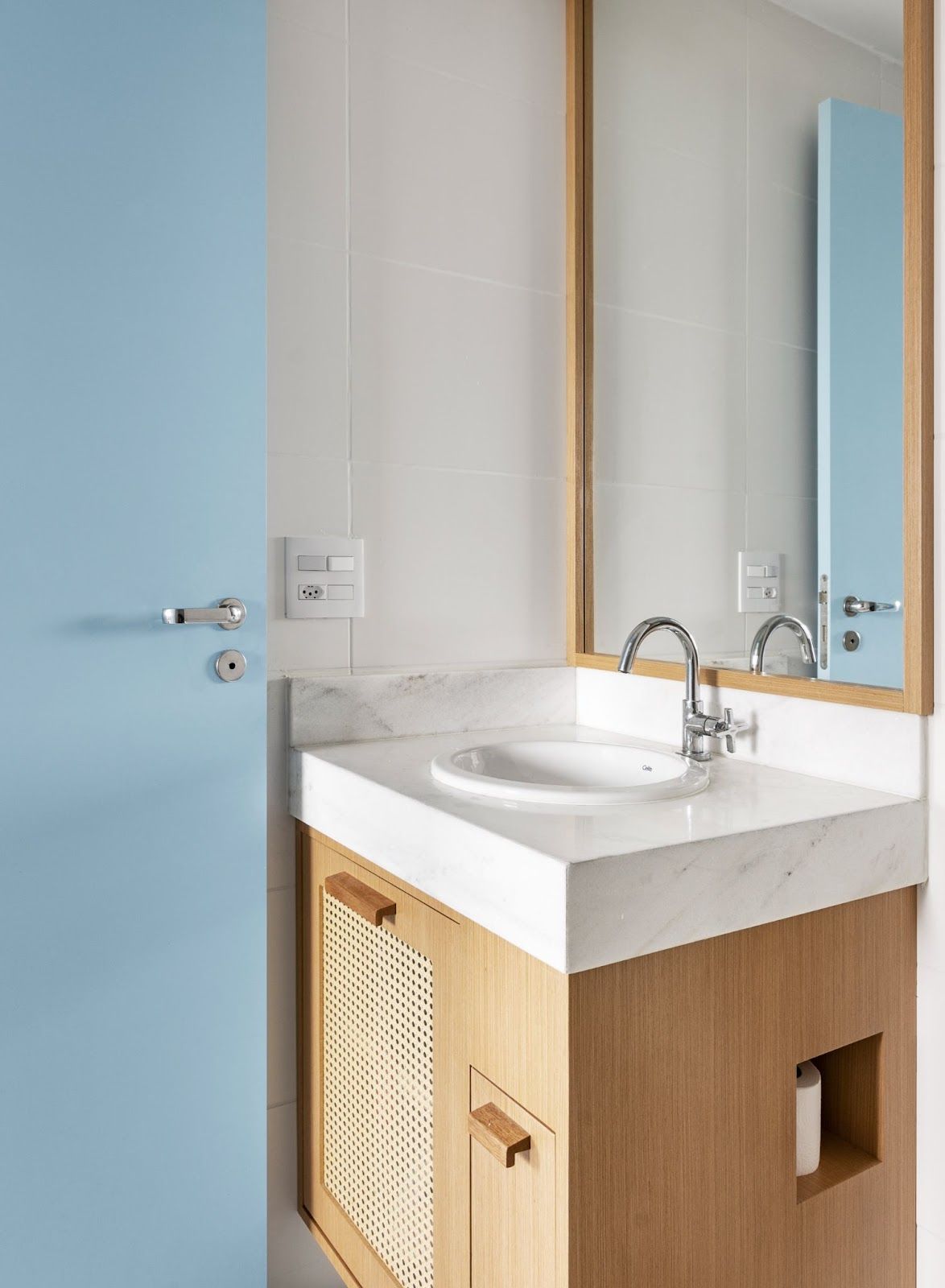
Natural materials
Influence of local culture
Brazilian interior design is highly influenced by local culture. The country's cultural diversity is reflected in the decoration of the environment, incorporating indigenous, African and European elements. This mix of influences creates a unique and authentic style.
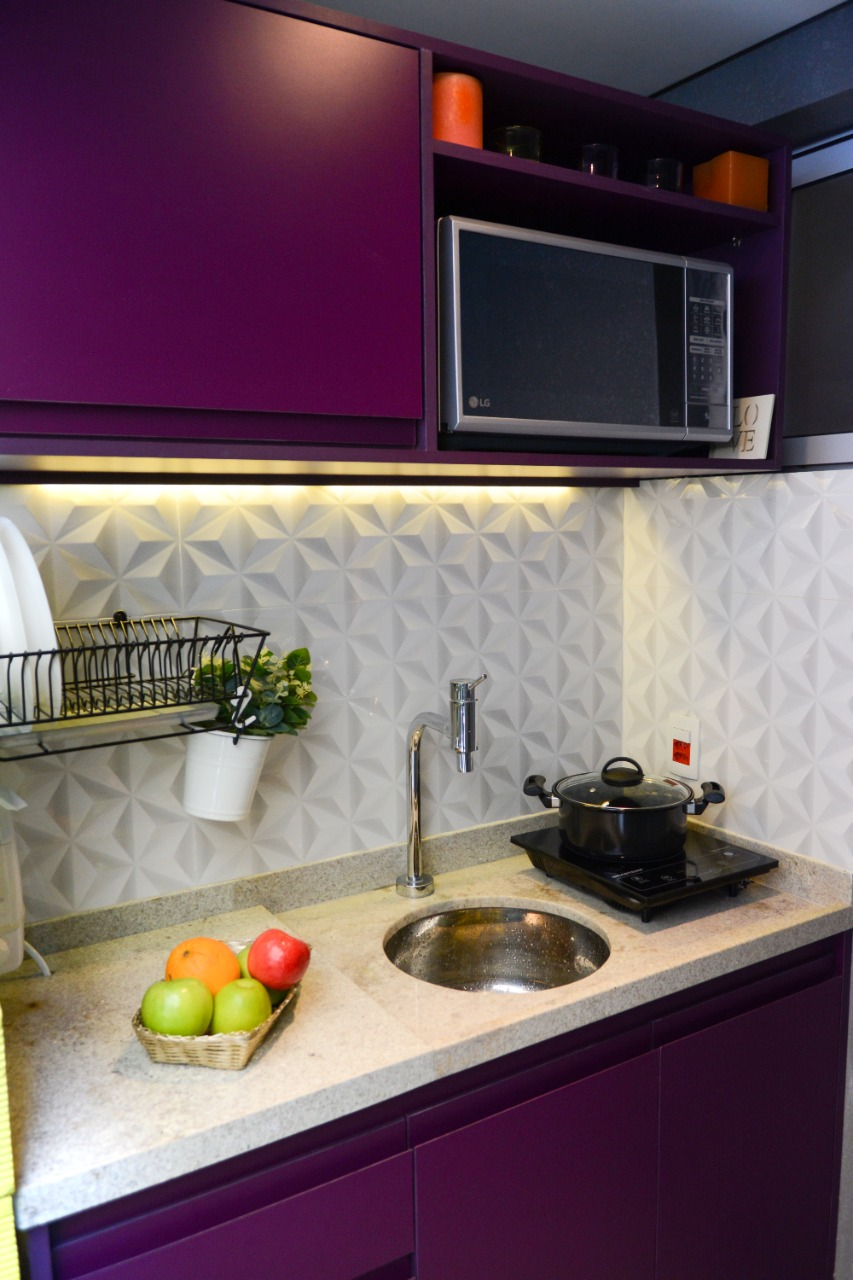
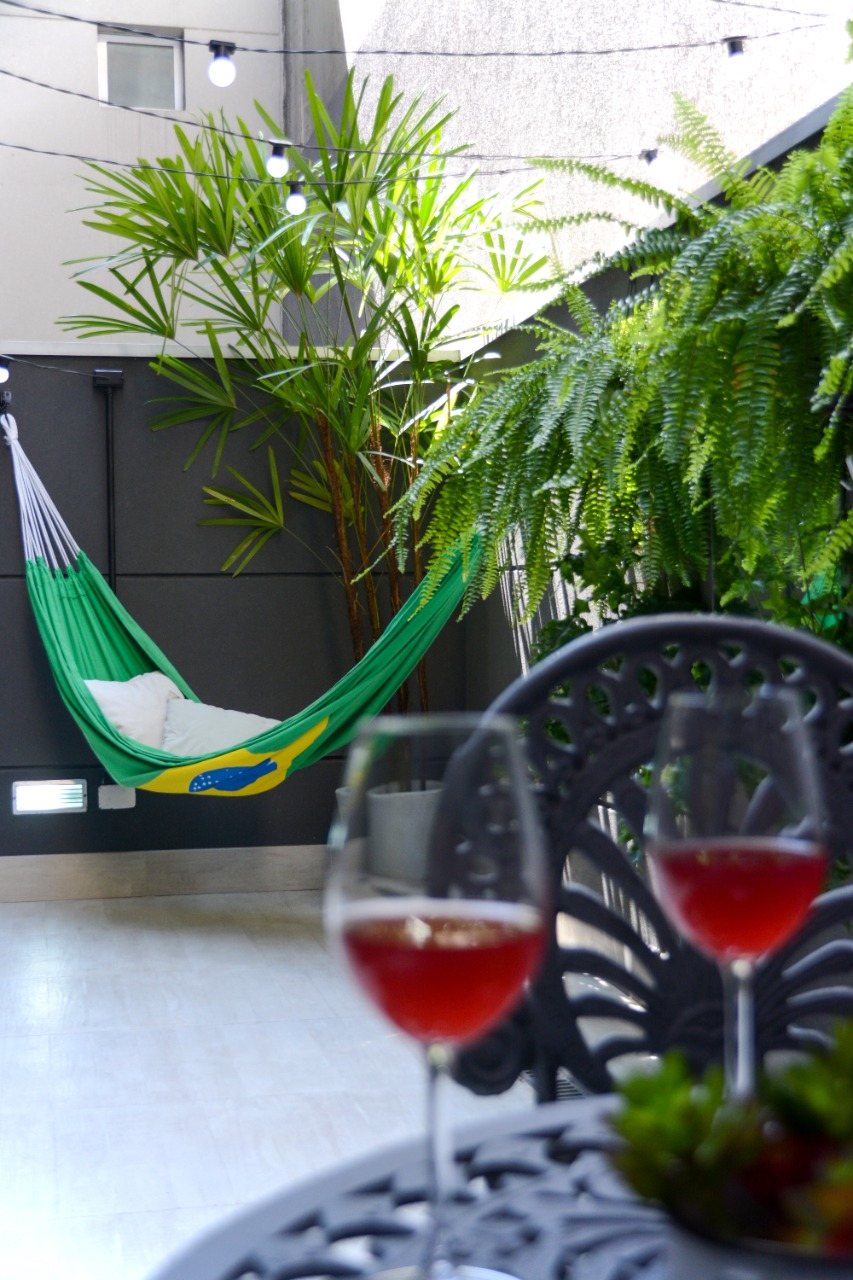
Diversity inside Brazilian homes
Patterns and textures
Brazilian design is also known for its love of patterns and textures. From the intricate tile work of Portuguese colonial houses to the bold prints of indigenous tribes, patterns and textures are used to add depth and interest to interiors. Textiles are also an essential element of Brazilian design, with colorful and patterned fabrics used for curtains, upholstery, and bedding.
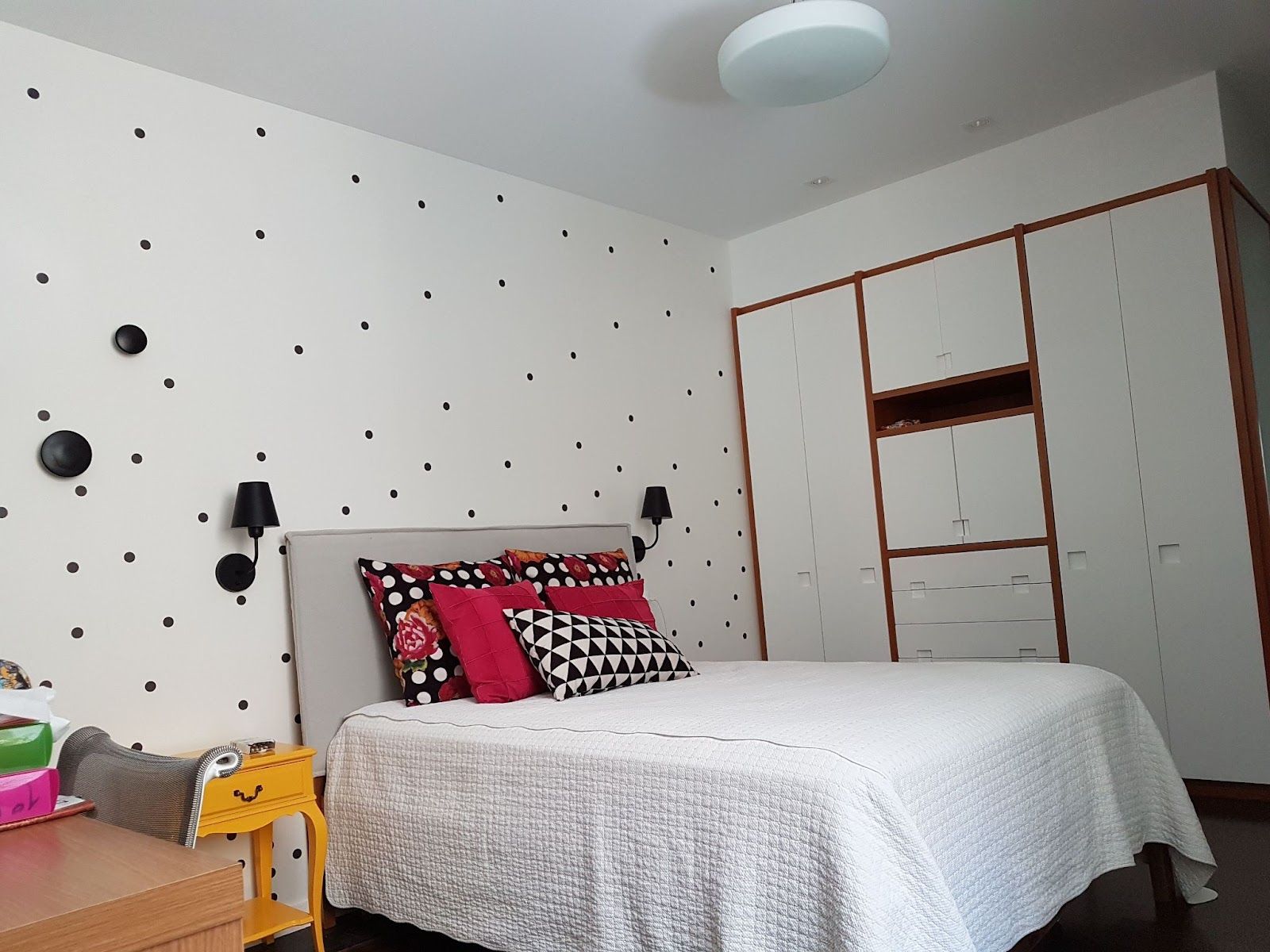
Prints in Brazilian interiors
Local materials
The availability of local resources is another factor that has influenced the decoration styles in different regions. In Europe, for example, materials such as marble, wood and fine fabrics have been used for centuries and have become ingrained in the design aesthetic. In Brazil, designers have access to a variety of natural resources, such as wood, bamboo and clay, which are often used to create rustic and earthy interiors.
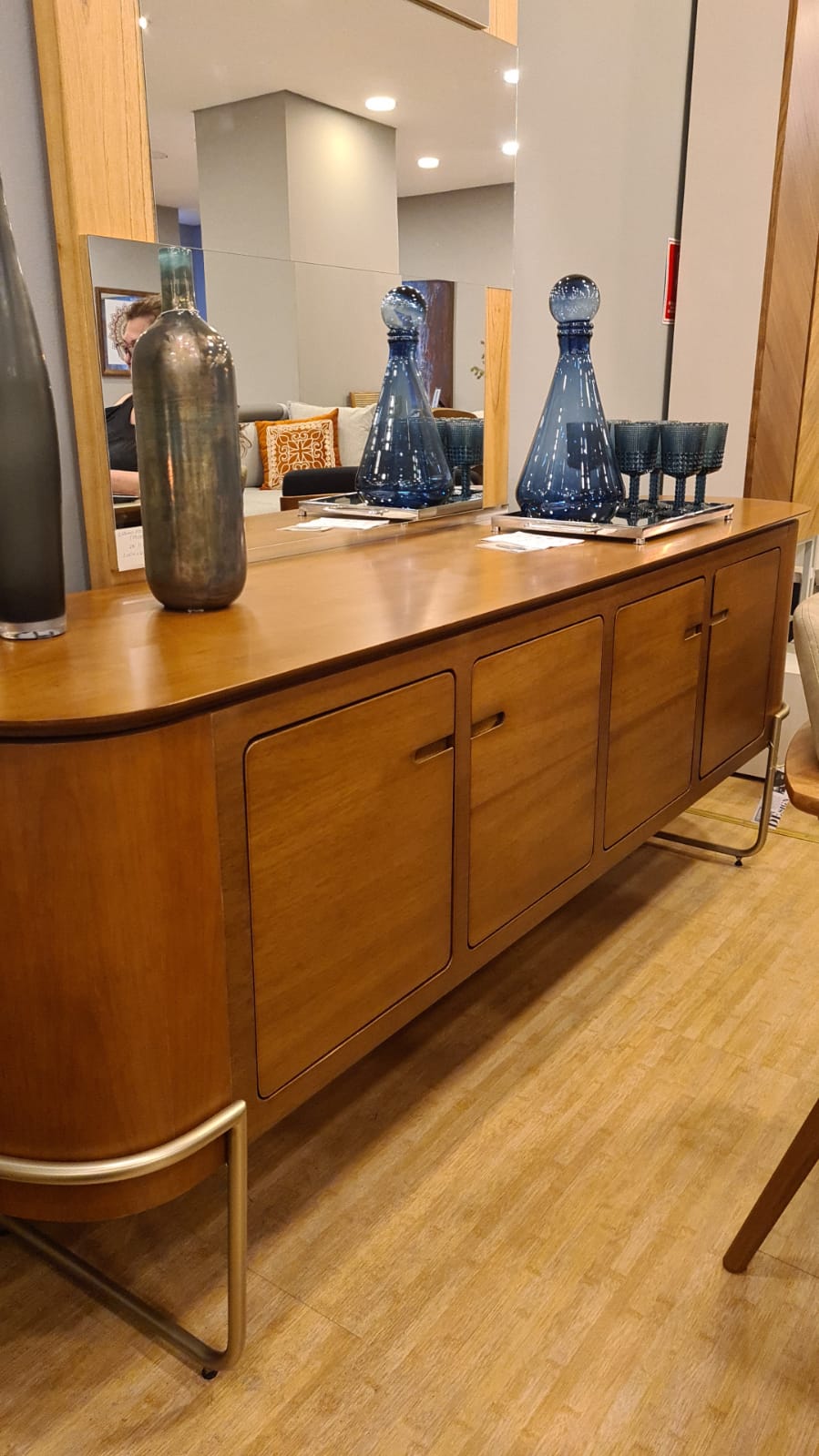
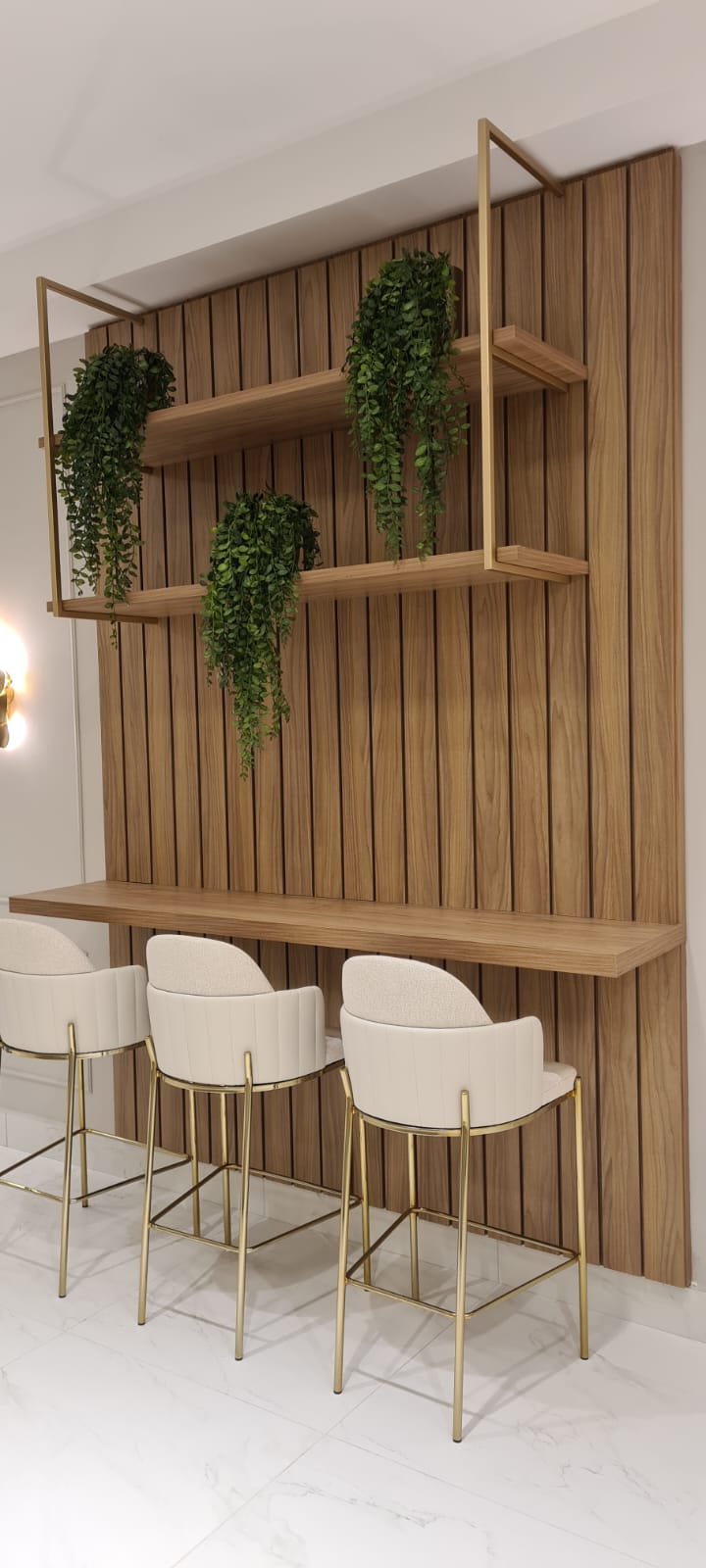
local resources are a key feature
The tropical climate of the country also means that bold and vibrant colors are a common feature in Brazilian design, reflecting the vibrancy of the local environment.
Brazilian design influences
One of the most significant influences on Brazilian interior design is the country's history. Colonial architecture, indigenous craftsmanship, and African influences have all contributed to the development of Brazil's unique design aesthetic. Portuguese colonial houses, with their roofs, colorful facades, and ornate details, are common in many Brazilian cities. The intricate woodwork and sculpture of indigenous tribes are also often used to decorate homes and public spaces.
Brazilian interior design today
In recent years, Brazilian interior design has also embraced modern influences. Contemporary design elements are often combined with traditional materials and patterns to create a fusion of old and new. This eclectic mix is particularly evident in Brazilian furniture design, with modern pieces featuring organic forms and natural materials.
Conclusion
Brazilian interior design is a reflection of the country's rich history, vibrant culture, and natural beauty. Its use of colors, textures, and natural materials creates warm and inviting spaces that are functional and aesthetically pleasing.
